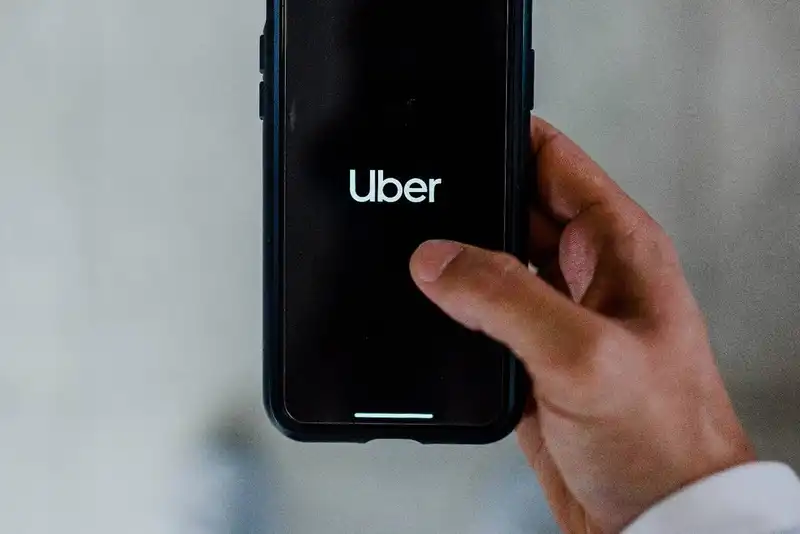How to Create a Business Model
Every new business starts with an idea. The idea involves a service, product, or invention that has the potential to serve a purpose within a niche market. Implementing a concise business plan to attract new customers, offer value to key partners, and generate revenue is how an idea becomes a reality.
Planning out a strategy to run an operation starts with designing a business model explaining how to do so. Business models are a rationale for how an organization plans to increase its revenue stream, create value for customers and various stakeholders. It encompasses everything from operations, customer acquisition, a business strategy, revenue models, and overhead costs.
Here's what to know about business models and some best practices for designing one.
Business Model Design
A business model aims to create a sustainable plan for delivering this value proposition to a niche market, investors, customers, and other involved stakeholders. Implementing an effective business model starts with a value proposition, which is a promise to investors that the invention or service will provide value to customers.
New businesses should be careful not to overpromise and under deliver when defining their value proposition. Instead of focusing on offering a service that benefits everyone, consider providing a service that benefits a specific audience.
Study, test, and validate a clear value proposition canvas for this market so stakeholders feel confident in their investment.
What is a Value Proposition?

A value proposition is an organization's promise that its service/product/invention will deliver value to key players in an industry. Value can be monetary, or it may be a solution to a customer problem.
For example, let's look at the different ways Uber offers value to customers and stakeholders-
Uber's Statement- Uber is the smartest way to get around. One tap and a car comes directly to you. Your driver knows exactly where to go. And payment is completely cashless.
Uber's Value Proposition for Customers-
- Value 1- Convenience- One tap and a car comes directly to you
- Value 2- Safety/Reliability- Your driver knows exactly where to go
- Value 3- Ease of Pay- Payment is completely cashless
Uber's Value Proposition for Investors/Stakeholders-
Low Overhead Costs & Bigger Profit Margin
- Operates as a switchboard
- Employees are paid as independent contractors
- Drivers use their own cars so there is less capital cost
A Revenue Model is Only a Portion of a Successful Business Model
The revenue model is only one component of a successful business model. Though making money is the goal of every new startup, business models are concerned with everything from operations, obtaining key resources, customer acquisition, and retention, supply chain management, overhead costs, and of course, revenue. The startup can only make money if each of these components is working.
Principles for Creating a Business Model
To design a successful business model, businesses should ask themselves some critical questions. This includes-
- What value, products, and services does the startup offer customers?
- What problem does the product/service offered solve?
- How are customers charged?
- What does the startup's acquisition cost look like?
- How can the startup find its target market?
- Did the startup create a predictable way to generate revenue? If not, how can the startup do that?
Creating a Business Model in 7 Steps

Here are some best practices for designing a successful business model-
1. Define the Problem the Startup Plans to Solve
Decide what pain point the startup plans to solve, and how that pain point affects the target customer base. Depending on the industry and type of business model, this problem may be concerned with inconvenience, cost, safety, or reliability. Limit the choice to three key problems and focus on those alone.
2. Define Who Needs the Problem Solved
Define a set of three customers maximum that are experiencing the set of pain points. Ideally, each problem will be matched with one customer type, though the same customer type may experience more than one problem.
3. Define the Ideal Customer and the Key Problem
Choose among the top three customers identified one or more of the top three pain points identified. This is where the startup should focus its attention. Narrowing down a course of action will lead to better execution of the business model.
4. Define a Set of Potential Solutions
List up to ten solutions that solve the identified key problem, and narrow down the three which can be implemented without too much strain on finances or time. Among these three, pick the most important potential solution.
5. Define a Set of Potential Monetization Strategies for the Solution
For the solution and customer type picked, a product or service will be picked. For that product or service, define five potential money-making strategies. Keep the two that can be easily tested.
6. Test and Choose
Test the product and the money-making strategy with the identified ideal customer to see if it works.
7. This is the Business Model
The startup's business model is based on the identified key problem, customer, the solution offered, and monetization strategy. The business model design is now complete.








